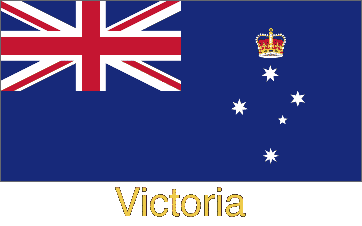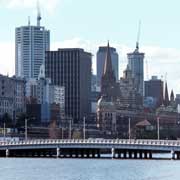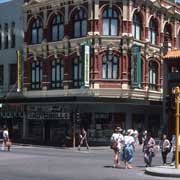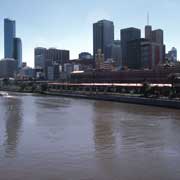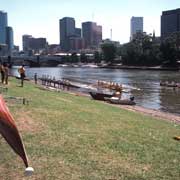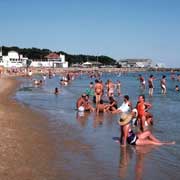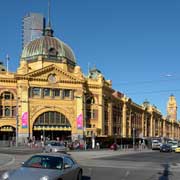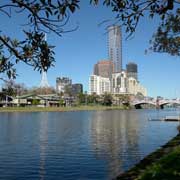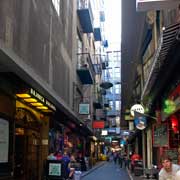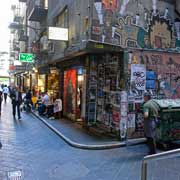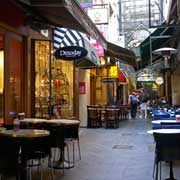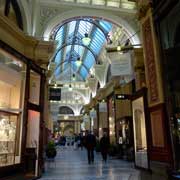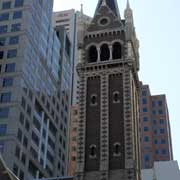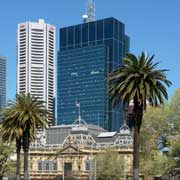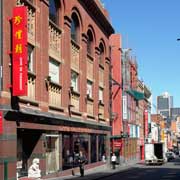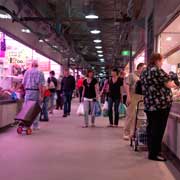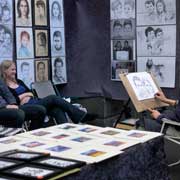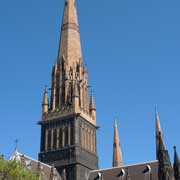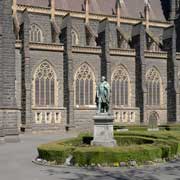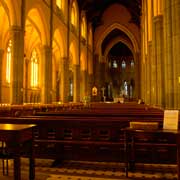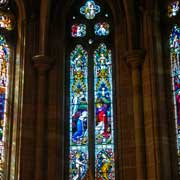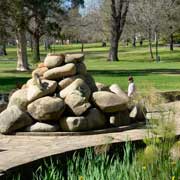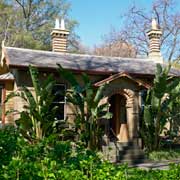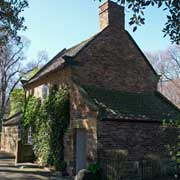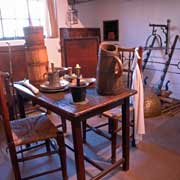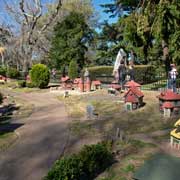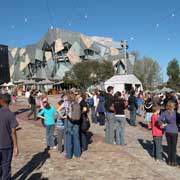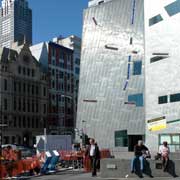Photos of Melbourne, capital of Victoria, Australia
Melbourne, capital of Victoria
The State Capital, Melbourne, is the second largest city of Australia with a population of around 4 million and lies at the northern end of Port Phillip Bay, Victoria's largest natural harbour. It straddles the Yarra River and is a city of broad avenues with elegant Victorian buildings and trams that trundle through its streets. It is cosmopolitan city with many immigrant communities. Since the days of the gold rush, the centre of the Chinese community in Melbourne has been Little Bourke Street. It remains the centre of "Chinatown" with its traders and restaurants. Another important place of commerce, for over 130 years, is Queen Victoria Market, a sprawling collection of sheds and buildings between Elizabeth, Victoria, Franklin and Peel Street.
you may then send it as a postcard if you wish.
Melbourne was established in 1835 by free settlers from Van Diemen's Land (now Tasmania) and was named after the Second Viscount Melbourne, William Lamb, two years later. Queen Victoria declared it a city in 1847 and it became the capital of a separate colony, bearing the Queen's name, in 1851 when it separated from New South Wales. It was one of the richest cities in the world by the 1880s as a result of gold mining and was the seat of Government of the Commonwealth of Australia until 1927.
Central Melbourne offers great views along the Yarra River, the stately façade of Flinders Street Station and, in total contrast, Federation Square, an abstract steel and glass set of buildings and new focal point of the city. There are cosy coffee shops along narrow streets in Central Place and beautifully preserved Block Arcade, a shopping arcade built in 1891. Melbourne has many churches and lays claim to one of the world's finest examples of Gothic Revival architecture with St Patrick's Cathedral. Building started in 1863 and the spires were added in 1939.
There are many more examples of great architecture, all within easy walking distance. The city centre is divided from East Melbourne by the Fitzroy Gardens, a quiet respite from city life. In the gardens stand the well preserved home of James Sinclair, who was head gardener in the 1860s and 1870s and the home of Captain James Cook's parents, originally built in Yorkshire, England, in 1755. It was dismantled, shipped to Australia, re-assembled in Fitzroy Gardens and officially opened in 1934 to celebrate Victoria's centenary. Captain Cook's cottage is furnished and decorated the way it would have been around 1750. The southern suburbs of Greater Melbourne stretch along Port Phillip Bay, like Williamstown with its popular beach.
